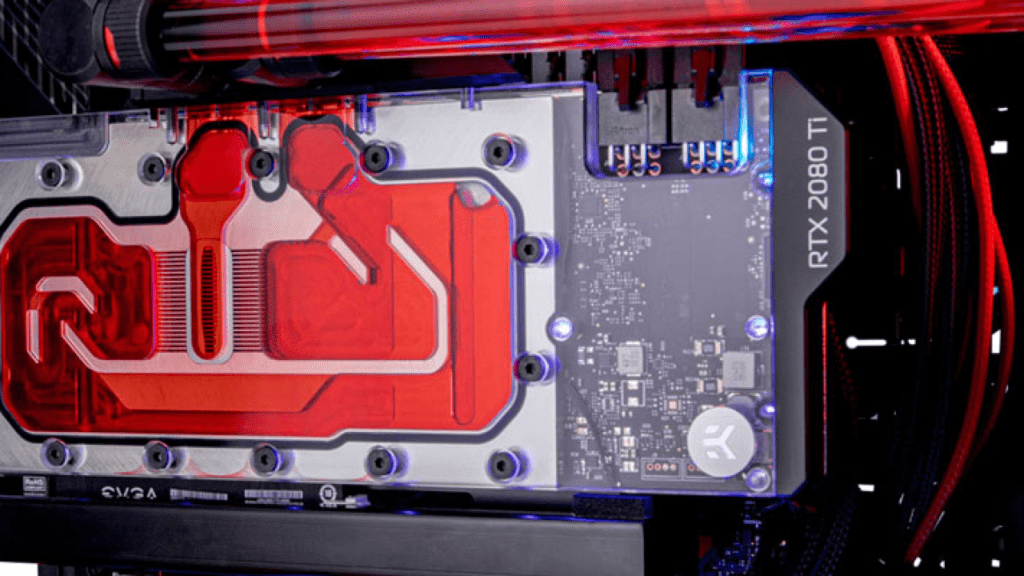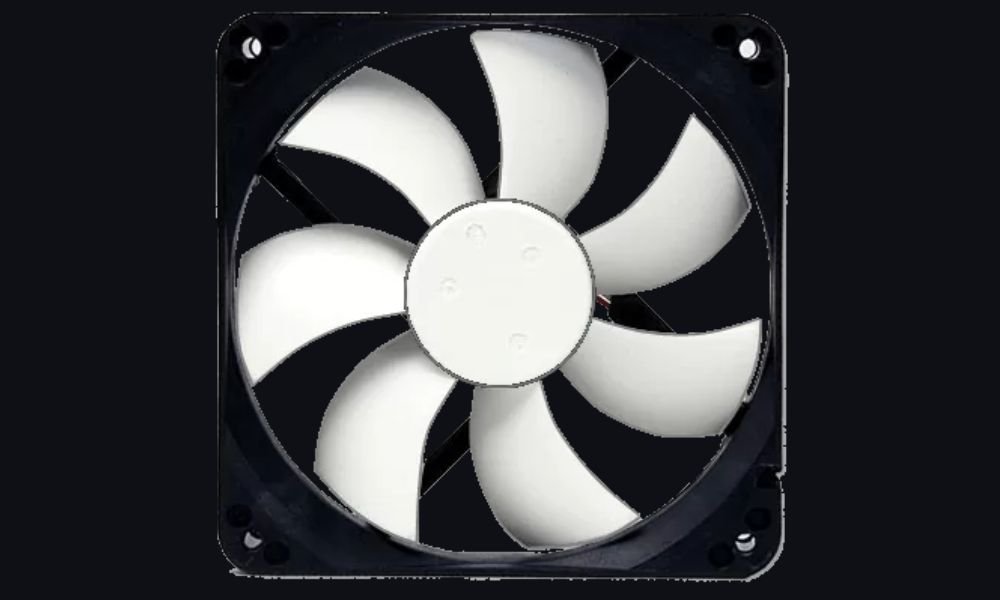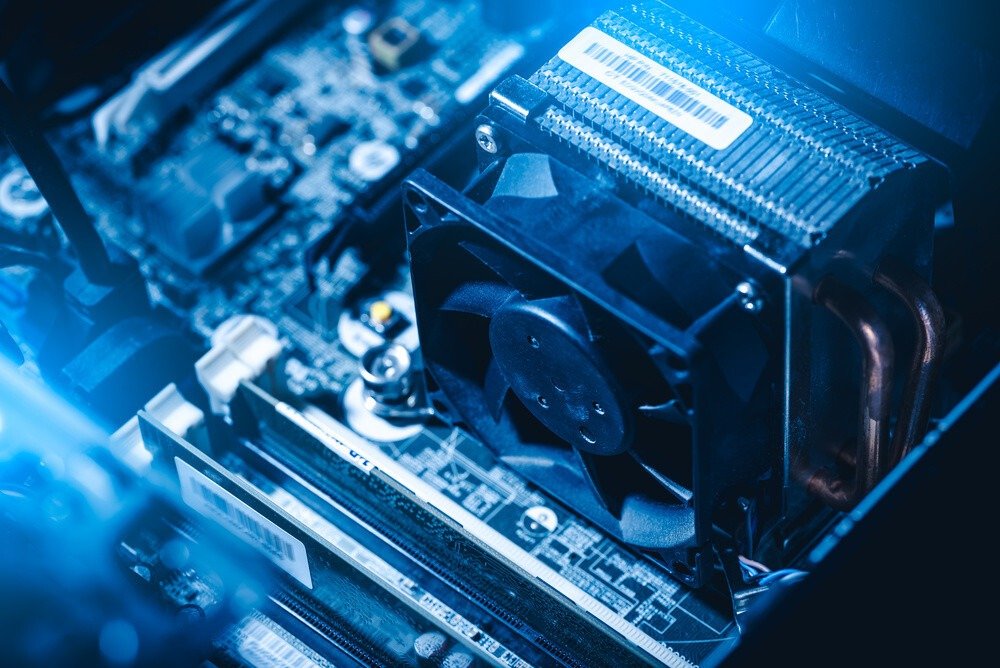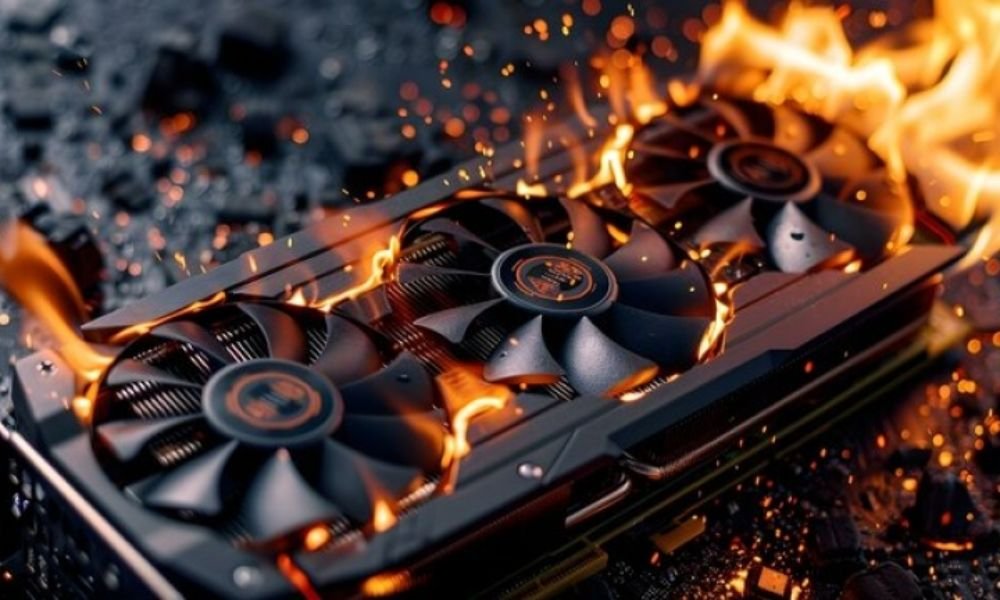When using your computer, it is essential to monitor your CPU temperature. Overheating can lead to issues like unexpected shutdowns, slowdowns, or even permanent damage to your hardware. In this article, we'll tell you how to check your CPU temperature and give you tips for cooling it down if necessary.
Why check CPU temperature?
Your processor is the brain of your computer, responsible for carrying out all tasks and operations. When it operates, it generates heat, and if that heat is not dissipated properly , it can build up and cause problems. High temperature can lead to decreased performance of your PC, system errors, and even hardware failures.
The risks of high CPU temperature

When your processor reaches excessive temperatures , several problems can arise. Here are some of the risks associated with high CPU temperature :
1. Slow performance
An overheated processor can cause your system to slow down overall. Tasks that were normally fast may take longer to complete, which can make your computing experience frustrating.
2. System instability
High temperature can cause system errors and frequent crashes. Your computer may freeze, freeze, or even restart unexpectedly, which can lead to data loss and interruption to your work.
3. Reduced CPU lifespan
overheating of the processor can damage internal components and shorten its lifespan. This means you will eventually need to replace your processor, which can be expensive.
How to check CPU temperature

Now that you understand the importance of checking your CPU temperature , here are some easy methods to do so:
1. Use temperature monitoring software
There are many free software programs available that allow you to monitor your CPU temperature in real time. Some of the most popular software includes Core Temp, HWInfo and NZXT's Cam . These programs display the temperatures of each core of your processor, allowing you to quickly detect any overheating.
2. Access your computer's BIOS
Another method to check your CPU temperature is to access your computer's BIOS . BIOS is software built into your motherboard that allows you to configure various hardware settings . In the BIOS, you can find information about your CPU temperature, as well as other important system information.
3. Use third-party apps

Some third-party apps, such as SpeedFan , can also help you monitor your CPU temperature. These apps often offer advanced features, such as the ability to adjust fan speeds to control the temperature of your system.
Tips for Cooling Your CPU
If you notice that your CPU temperature is too high, here are some tips for cooling it:
1. Clean your computer
Dust and debris can your computer's fans and , limiting their effectiveness in dissipating heat. Be sure to clean your computer regularly using compressed air to remove accumulated dust .
2. Check the cooling system

Make sure your computer case fans are working properly and that the heatsinks are securely attached to your processor. If necessary, consider replacing faulty fans or adding additional fans to improve airflow inside your case.
3. Apply thermal paste
Thermal paste is a heat-conducting material that is applied between the processor and the heat sink to improve heat transfer. If you notice that your CPU temperature is high, it may help to remove the heatsink , clean off the old thermal paste, and apply a new coat.
This article might interest you: The Best Thermal Pastes!
4. Monitor intensive workloads
Certain tasks, like playing video games or rendering videos, can put your processor under heavy load, which can lead to an increase in temperature. Try limiting these workloads or using monitoring software to adjust your CPU performance settings based on the load.
5. Consider upgrading the cooling system

If you find that despite your best efforts, your CPU temperature remains high, it may be a good idea to consider upgrading your cooling system . more efficient air cooling or even invest in a liquid cooling system for optimal heat dissipation.
FAQ:
1. What is the normal temperature of a processor?
The normal temperature of a processor varies depending on the model and workload. Generally, a normal operating temperature is between 30 and 60 degrees Celsius . However, it's best to check the manufacturer's specifications for recommended temperatures for your specific processor.
2. How do I know if my CPU is overheating?
You can check if your CPU is overheating by monitoring its temperature using monitoring software like Core Temp or HWInfo . If the temperature exceeds the manufacturer's recommended limits or you experience performance or stability issues, it is likely that your processor is overheating.
3. What are the signs of CPU overheating?

Signs of a CPU overheating may include system slowdowns, frequent crashes, system errors, unexpected reboots, and abnormally loud fan noises. If you notice any of these signs, it's important to check your CPU temperature and take steps to cool it down if necessary.
4. What are the consequences of prolonged processor overheating?
Prolonged CPU overheating can lead to reduced CPU life, frequent system errors, hardware failures, and reduced performance of your PC . It can also lead to permanent damage to your hardware, eventually requiring a costly CPU replacement.
5. What are the best practices for keeping CPU temperature at an optimal level?
To keep your CPU temperature at an optimal level, here are some best practices to follow:
- Make sure your computer is properly ventilated by checking that fans are working properly and regularly cleaning heat sinks and air filters.
- Avoid using your computer on soft surfaces like cushions or blankets , as this can block the air vents and prevent proper air circulation.

- Avoid overloading your processor by running many resource-intensive applications . Close unnecessary programs and limit intensive tasks when possible.
- Keep your operating system and drivers up to date to benefit from the latest performance and cooling optimizations.
- If you are using a laptop, make sure not to block the air vents with your hands or objects. Use a flat, hard surface to allow good air circulation.
By following these best practices, you can keep your CPU temperature at an optimal level and avoid issues related to overheating.
Conclusion
Monitoring CPU temperature is essential to ensure optimal performance and extended life of your PC. By using monitoring software, checking the BIOS, and taking steps to cool your CPU, you can avoid problems related to high temperature . Remember to monitor your CPU temperature regularly and take necessary steps to keep your system in optimal condition.
By taking care of your processor and keeping it at the proper temperature, you can enjoy a smooth computing experience and avoid issues related to overheating . Feel free to use the tools and tips mentioned in this article to monitor and keep your CPU temperature within safe limits. Your computer will thank you!




